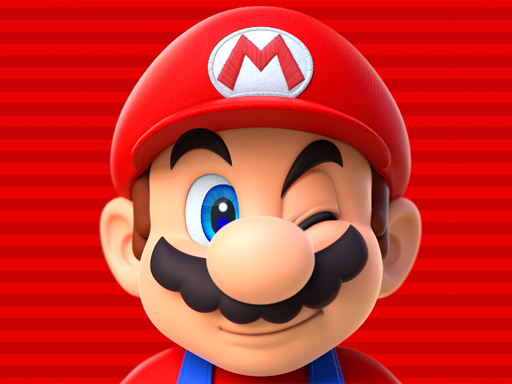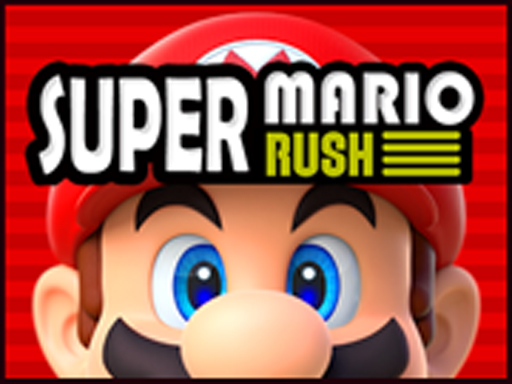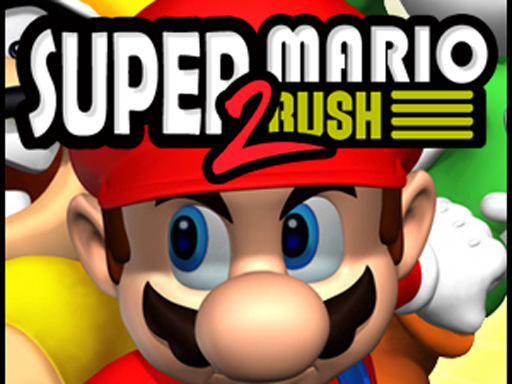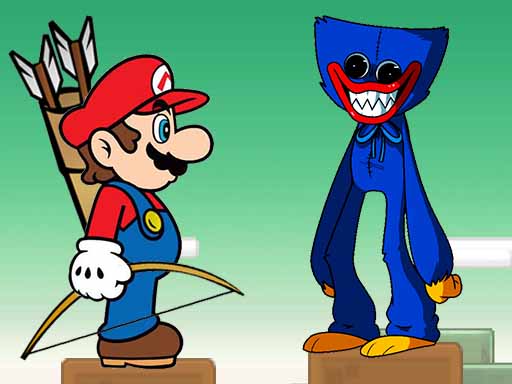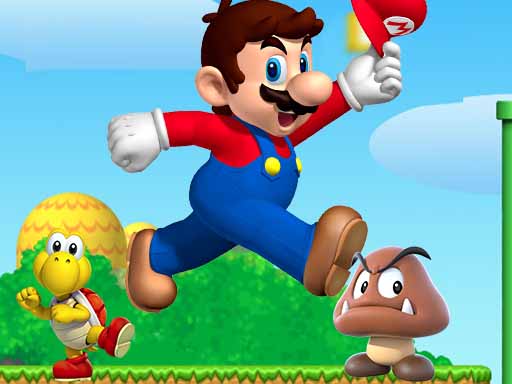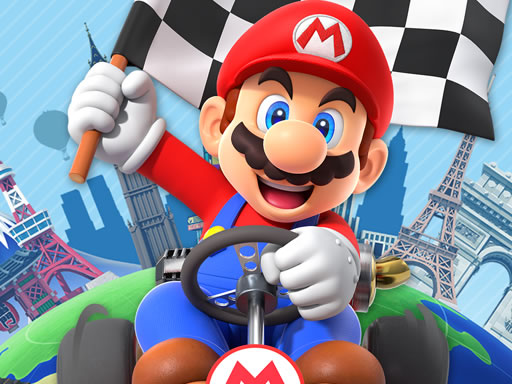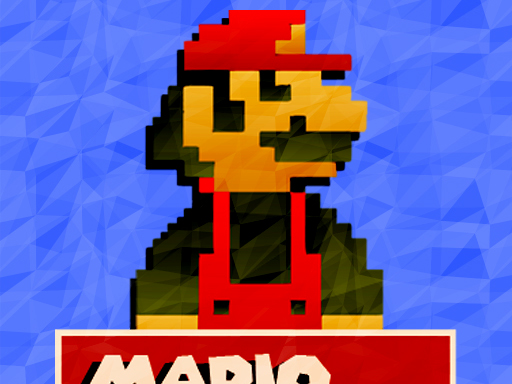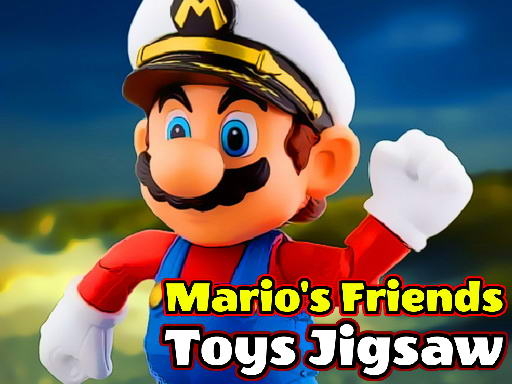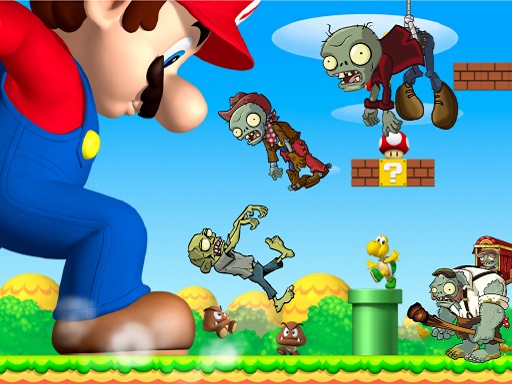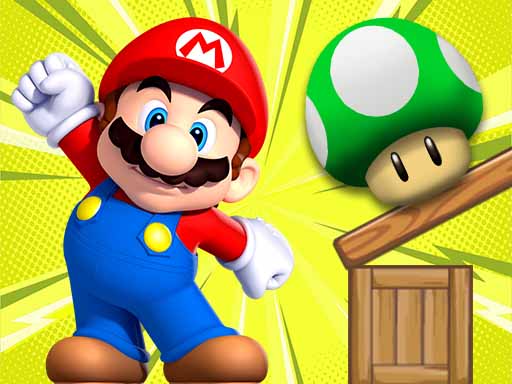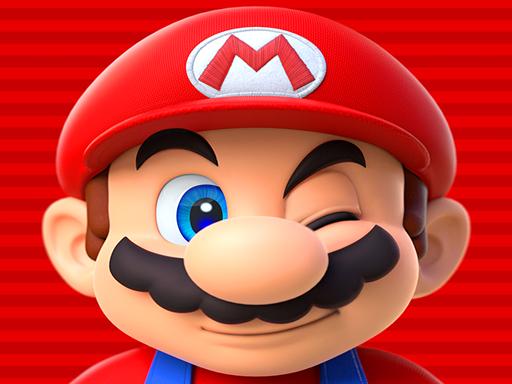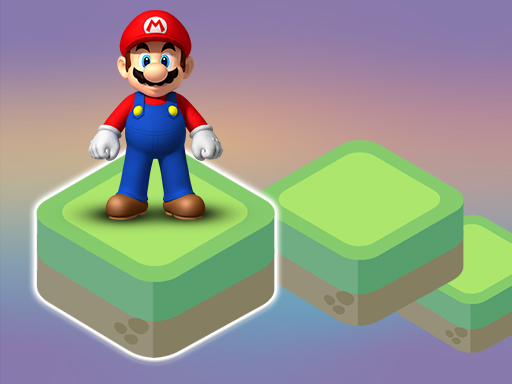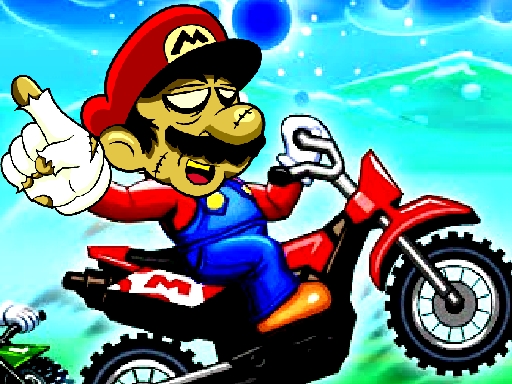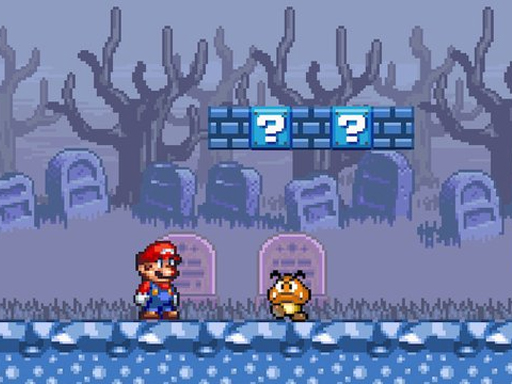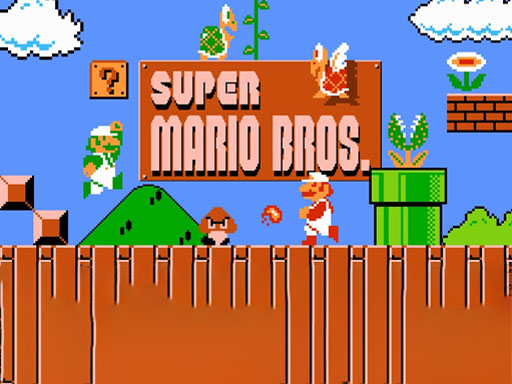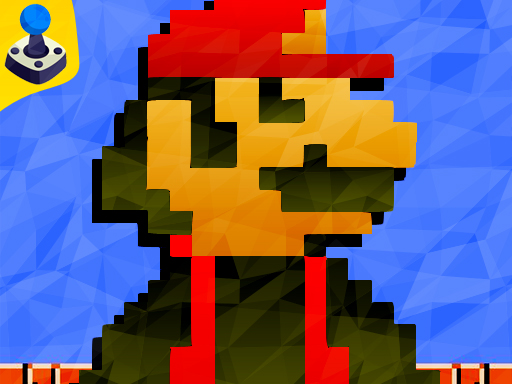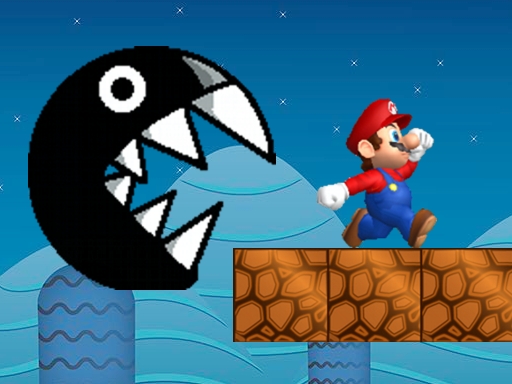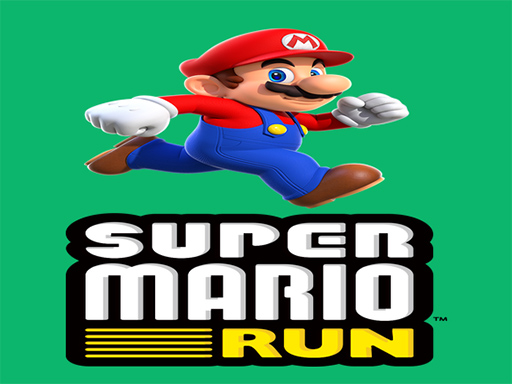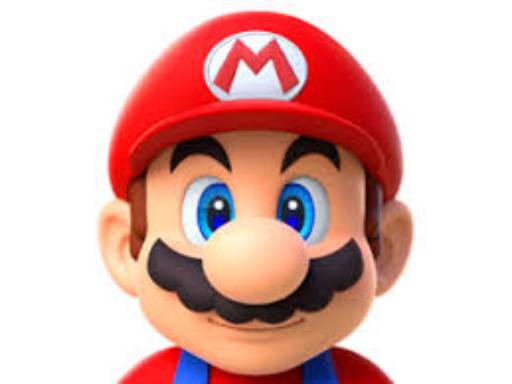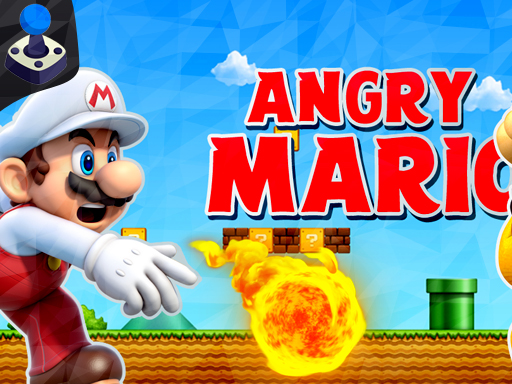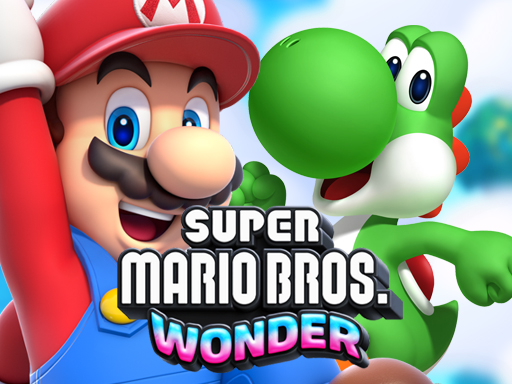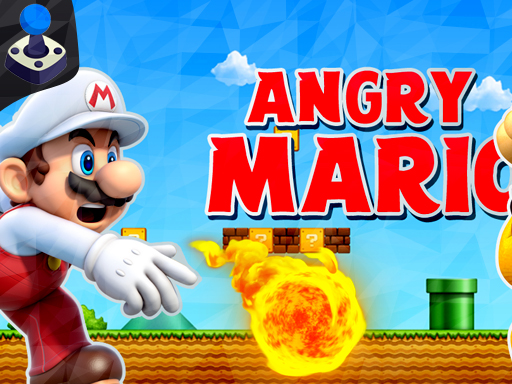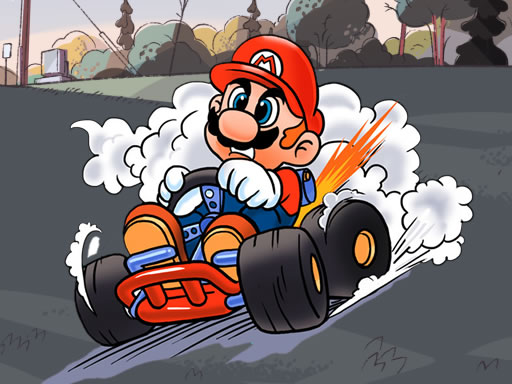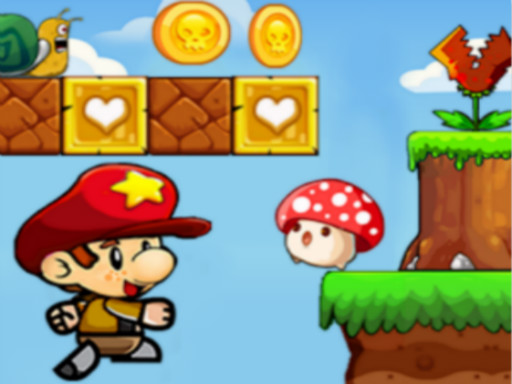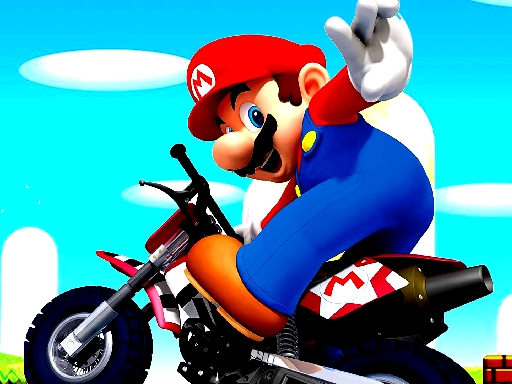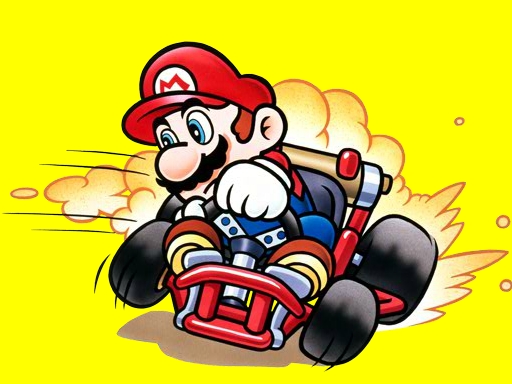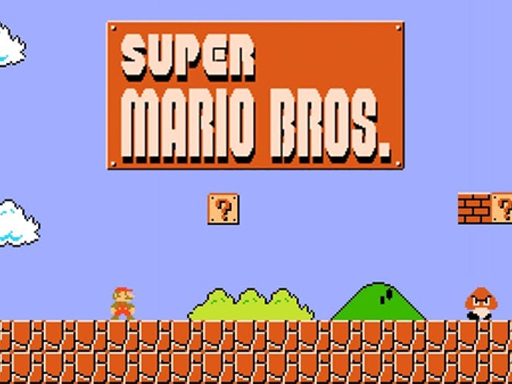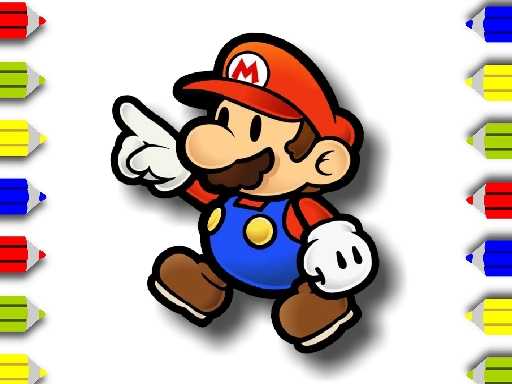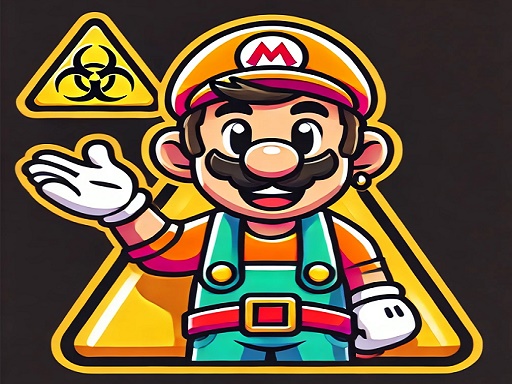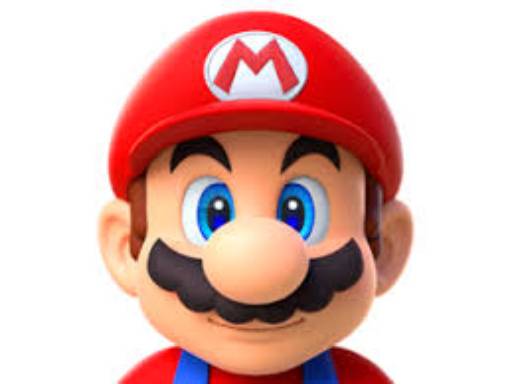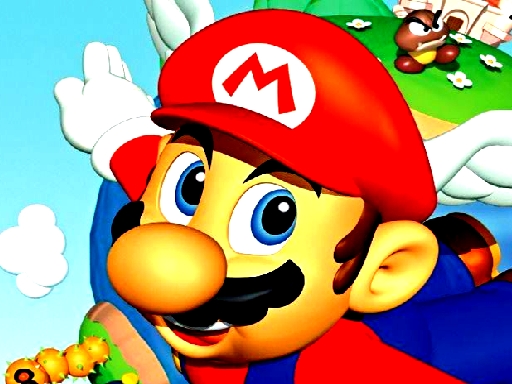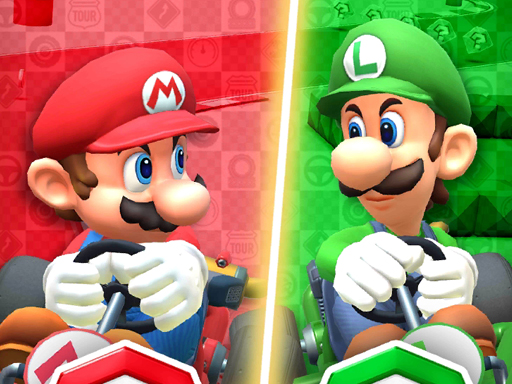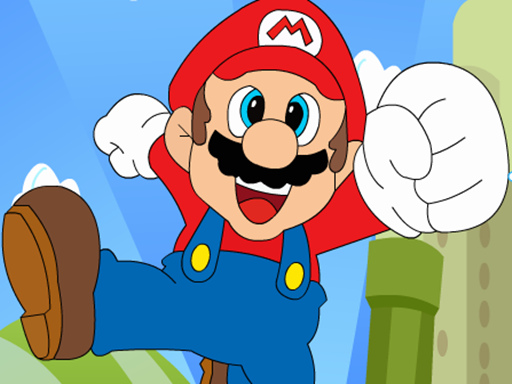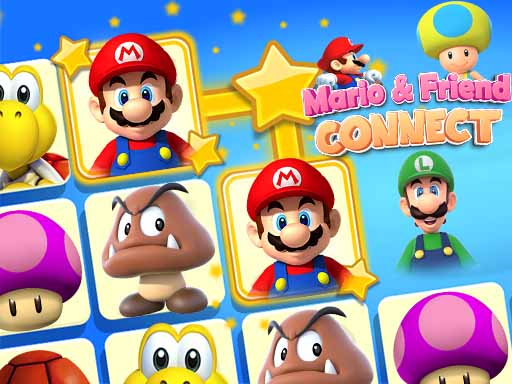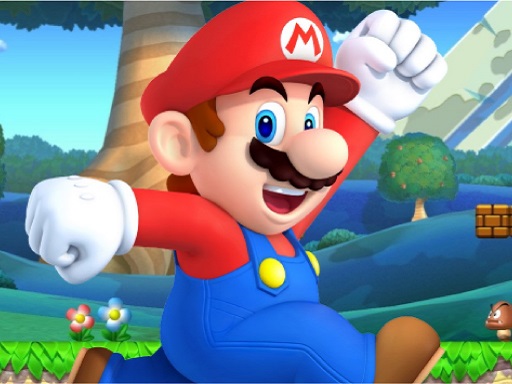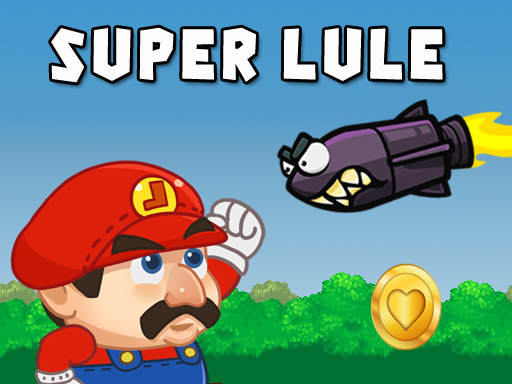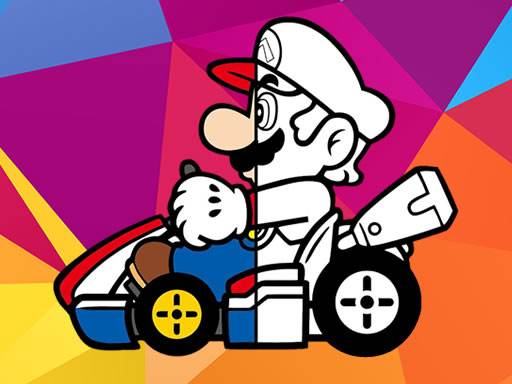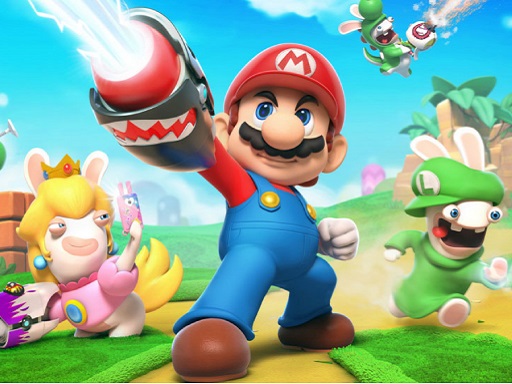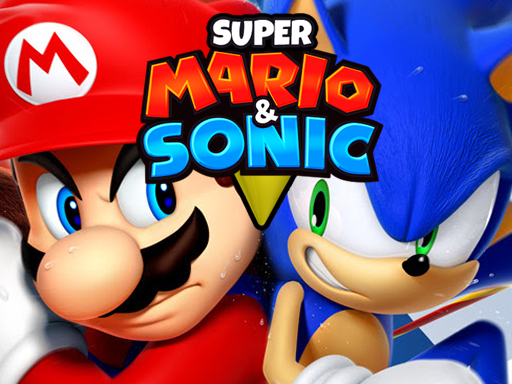
The teaming up of Super Mario and Sonic the Hedgehog was, for a long time, considered an impossibility in the gaming world. During the 1990s, Nintendo (with Mario) and Sega (with Sonic) were fierce rivals, competing for market share and defining the "console wars." The idea of their mascots appearing in the same game was unthinkable.
However, after Sega transitioned from a console manufacturer to a third-party software developer in the early 2000s, the relationship between the two companies softened. This opened the door for a historic crossover that materialized in the form of a successful game series.
The Official Collaboration: Mario & Sonic at the Olympic Games
The most prominent and official collaboration between Super Mario and Sonic is the Mario & Sonic at the Olympic Games series.
- Beginning: The first game in the series, Mario & Sonic at the Olympic Games, was released in 2007 for the Nintendo Wii and DS, in anticipation of the 2008 Beijing Summer Olympics. This marked the very first time characters from both the Mario and Sonic universes appeared together in an official video game.
- Concept: The series focuses on various Olympic sports events, both Summer and Winter, allowing players to choose from a roster of popular characters from both franchises (Mario, Luigi, Peach, Bowser, Sonic, Tails, Knuckles, Eggman, etc.) and compete in a wide array of athletic challenges.
- Gameplay: The games typically feature a collection of mini-games based on real Olympic events (e.g., 100m Dash, Swimming, Archery, Ski Jumping) and often include "Dream Events" that combine the unique abilities and fantastical elements of both series into more exaggerated, fun, and often chaotic challenges.
- Platforms: The series has primarily been released on Nintendo consoles (Wii, DS, 3DS, Wii U, Switch), developed and published by Sega, with Nintendo handling publishing in Japan.
- Series History:
- Mario & Sonic at the Olympic Games (2007) - Beijing 2008 (Wii, DS)
- Mario & Sonic at the Olympic Winter Games (2009) - Vancouver 2010 (Wii, DS)
- Mario & Sonic at the London 2012 Olympic Games (2011) - London 2012 (Wii, 3DS)
- Mario & Sonic at the Sochi 2014 Olympic Winter Games (2013) - Sochi 2014 (Wii U, 3DS)
- Mario & Sonic at the Rio 2016 Olympic Games (2016) - Rio 2016 (Wii U, 3DS, Arcade)
- Mario & Sonic at the Olympic Games Tokyo 2020 (2019) - Tokyo 2020 (Nintendo Switch, Arcade)
- Current Status: As of 2024, there was no "Mario & Sonic" game for the Paris 2024 Olympics. Reports suggest that the International Olympic Committee (IOC) opted not to renew its licensing deal with Nintendo and Sega for the series, instead exploring other partners and ventures like NFTs and esports. This has led to speculation that the series may have concluded with the Tokyo 2020 entry.
Other Official Appearances:
Beyond the Olympic series, Mario and Sonic have also appeared together in the Super Smash Bros. fighting game series:
- Super Smash Bros. Brawl (2008): Sonic made his debut as a playable character, joining Mario and other iconic Nintendo characters.
- Subsequent Smash Bros. games: Sonic has remained a staple character in Super Smash Bros. for Nintendo 3DS and Wii U and Super Smash Bros. Ultimate, allowing fans to pit the former rivals against each other in direct combat.
The Unthinkable Crossover: Why It Happened
The collaboration was a significant moment in gaming history, breaking down the barriers of a long-standing rivalry. It was driven by:
- Sega's Transition: Once Sega became a third-party developer, the competitive dynamic with Nintendo shifted.
- Olympic License: Sega secured the license for the Olympic Games, and the idea of bringing two of gaming's biggest mascots together for the event was seen as a way to maximize appeal and promote the Olympic spirit.
- Mutual Benefit: It was a win-win: Nintendo got its mascot onto a highly visible multi-platform event, and Sega got to work with Nintendo's characters, creating a compelling product for a broad audience.
FAQs about Mario and Sonic
Q1: What was the first official game to feature both Mario and Sonic? A1: The first official game featuring both characters was Mario & Sonic at the Olympic Games, released in 2007.
Q2: Are Mario and Sonic rivals or friends now? A2: In the games where they appear together, they are generally portrayed as friendly competitors, embodying the "Olympic spirit" of sportsmanship. This marks a significant shift from their past corporate rivalry.
Q3: Besides the Olympic series, have Mario and Sonic been in other games together? A3: Yes, Sonic the Hedgehog has been a recurring playable character in the Super Smash Bros. fighting game series since Super Smash Bros. Brawl (2008), allowing him to directly interact and fight alongside Mario.
Q4: Will there be another Mario & Sonic Olympic game? A4: As of 2024, there was no game for the Paris 2024 Olympics, and reports indicate that the IOC did not renew its licensing deal with Nintendo and Sega for the series. This suggests the series might have ended with the Tokyo 2020 entry, though the future is always uncertain in gaming.
Q5: Why didn't Mario and Sonic have a platforming crossover game? A5: Producers from both companies have stated that designing a core platformer that seamlessly blends Mario's more precise, weight-based platforming with Sonic's speed-focused, momentum-based gameplay proved too challenging, as their fundamental mechanics and world designs were too different. The Olympic sports genre provided a "neutral ground" where both characters could naturally compete.
Pros and Cons of the Mario & Sonic Crossover
Pros:
- Dream Crossover: Fulfilled a long-standing wish for many fans to see these two iconic characters together, breaking down historical rivalries.
- Broad Appeal: Attracted fans of both franchises, as well as casual gamers interested in Olympic sports.
- Party Game Fun: The minigame-heavy format made them excellent party games, especially with motion controls on the Wii.
- Celebration of Gaming History: Acknowledged the impact of both characters on the industry.
- Diverse Roster: Allowed players to choose from a wide array of beloved characters from both Nintendo and Sega's extensive libraries.
Cons:
- Minigame Focus: The games are primarily collections of minigames, which some players found repetitive or lacking the depth of core platforming or adventure titles from either series.
- Lack of Deeper Crossover: While the characters are together, the games typically don't feature a deep narrative or exploration of how their distinct worlds might interact beyond the Olympic venue. Fans often hoped for a more traditional platforming or adventure crossover.
- Repetitive Events: Over multiple iterations, many core Olympic events naturally had to be repeated, leading to a feeling of "more of the same" for long-time players, despite new "Dream Events."
- Lack of Innovation (in later entries): While the first game was groundbreaking for the crossover itself, subsequent entries often added incremental improvements rather than radical innovations to the formula.
- Motion Control Reliance (early games): Early entries, especially on Wii, heavily relied on motion controls, which some players found imprecise or tiring.
